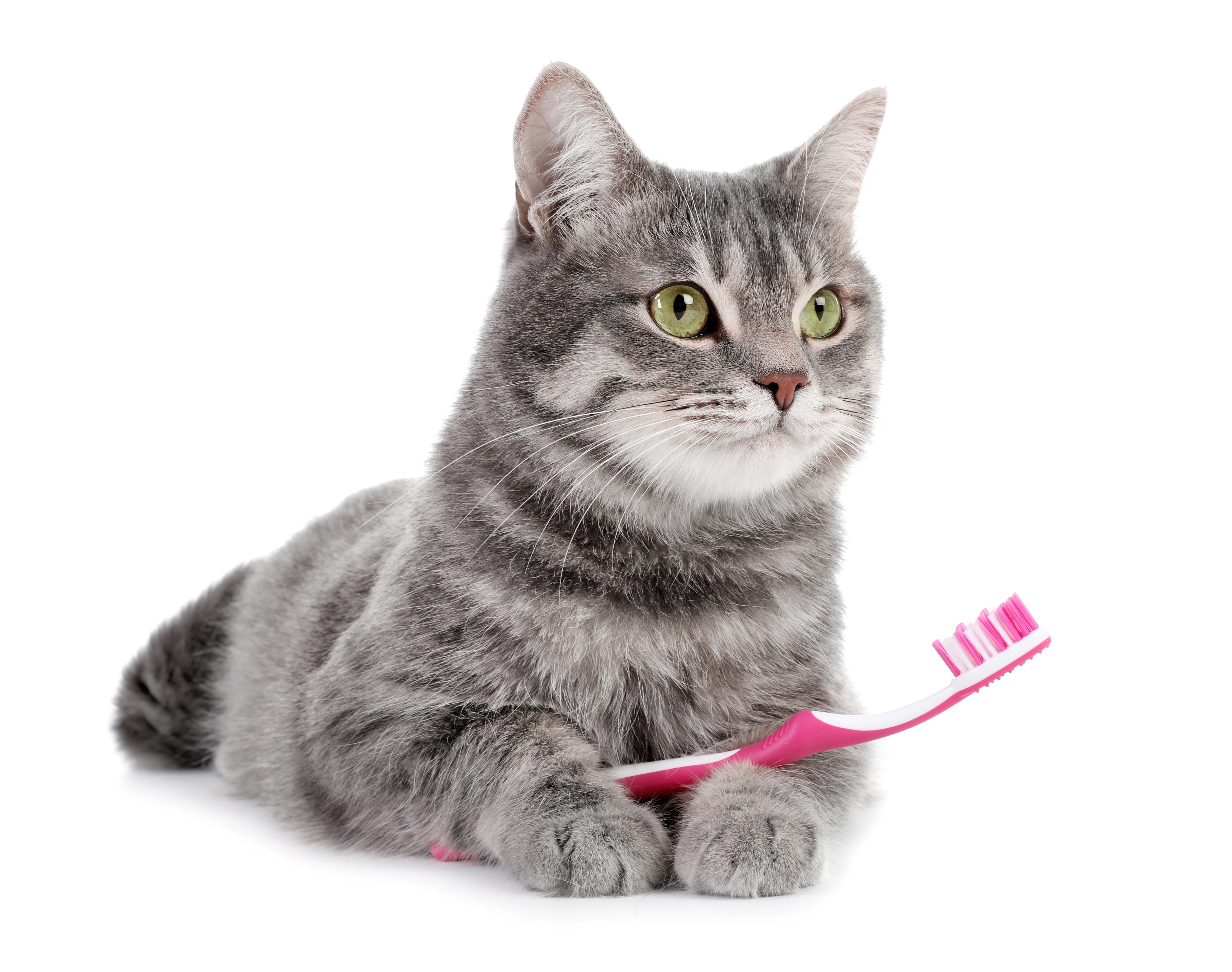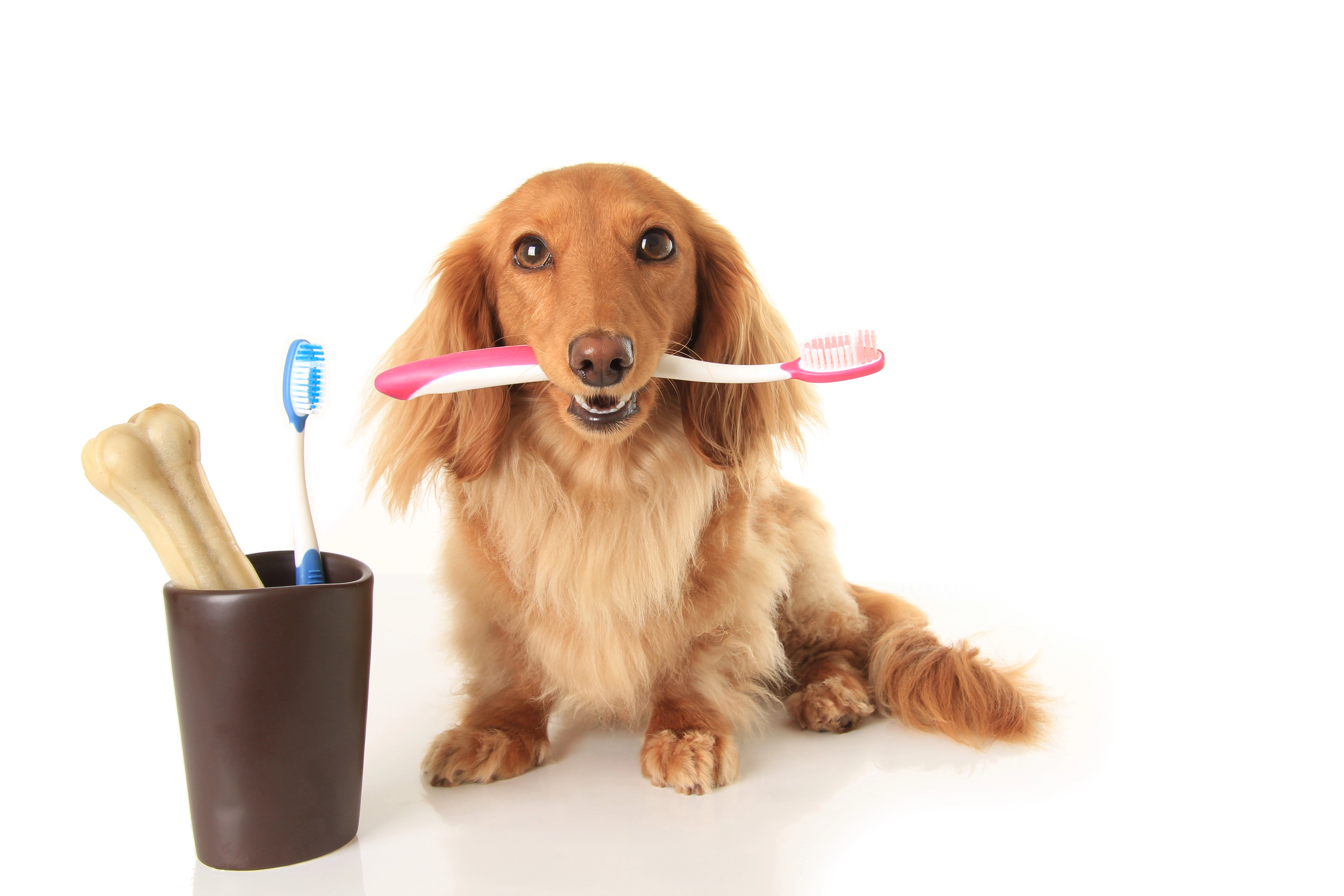All Pet Dental Articles

Oral Melanoma in Dogs
Regular dental cleanings aren’t just about keeping your dog’s smile looking great—they also give your vet a chance to thoroughly check their mouth for any issues. During these cleanings, vets can catch things like unusual pigmentation or small lumps that might be early signs of oral cancer, such as oral melanoma. The sooner melanoma is detected, the better the chances of successful treatment and a healthier life for your furry friend.

Feline Tooth Resorption: A Commonly Overlooked Dental Issue In Cats
Tooth resorptions, also called feline odontoclastic resorptive lesions (FORL), are a common dental issue mostly found in cats, though dogs can get them too. These lesions usually form around the base or neck of a tooth and are somewhat like cavities. The tricky part is that they’re hard to spot because the gums often grow over them, trying to protect the damaged area.

The Top 5 Dental Issues Found in Dogs and Cats
Keeping your dog’s or cat’s teeth healthy is more important than you might think. Believe it or not, by the time they’re just three years old, around 80% of dogs and 70% of cats are already showing signs of dental issues. For cats especially, dental problems are one of the most common reasons they end up at the vet each year.
Get insurance plans with wide-ranging coverage options






